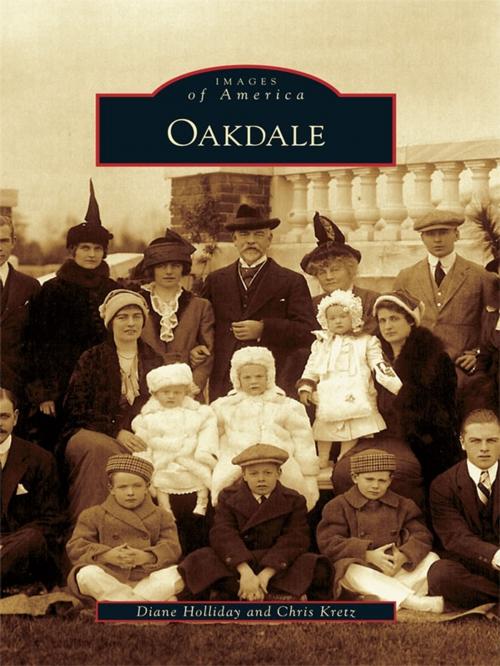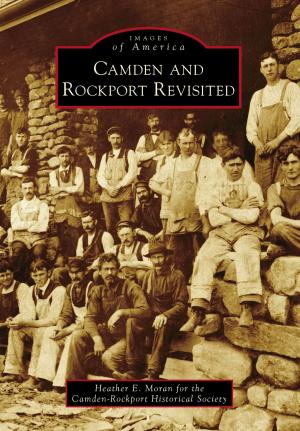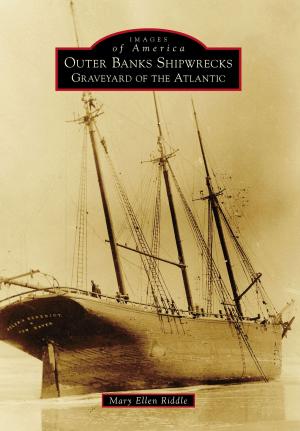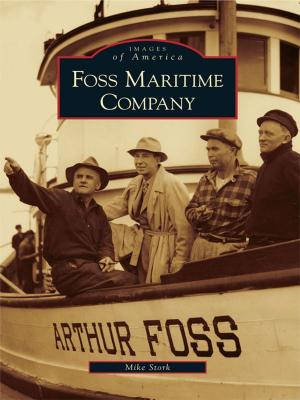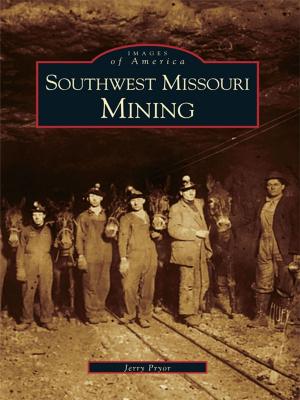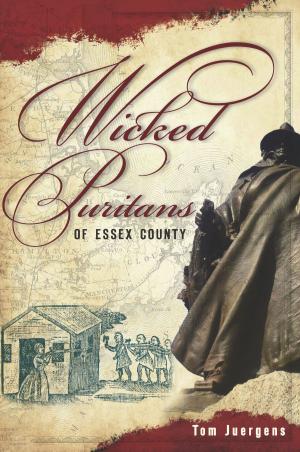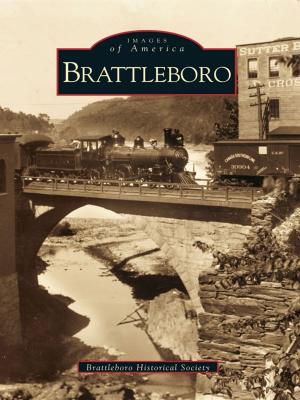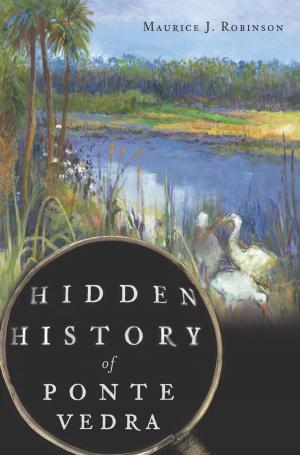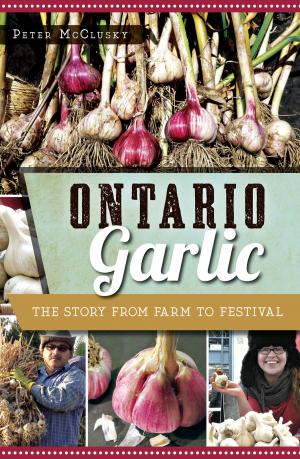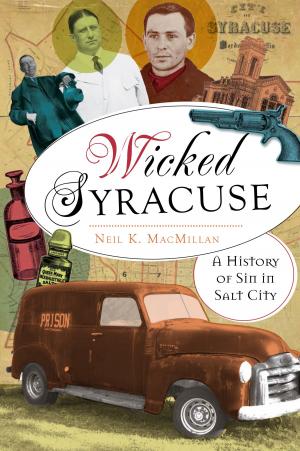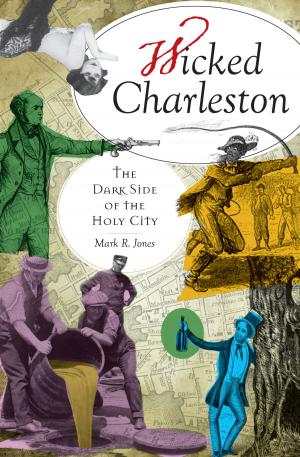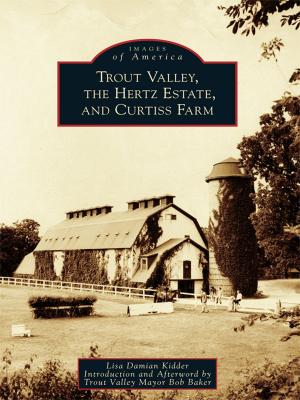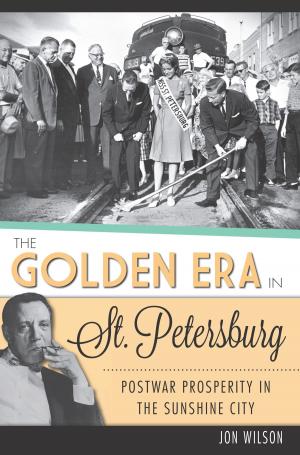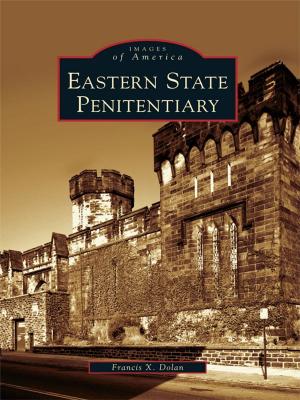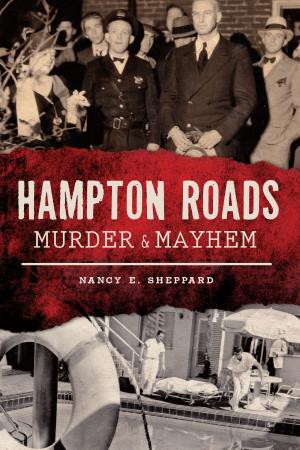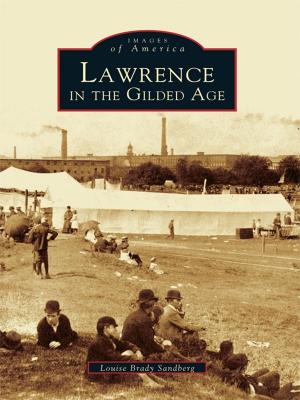| Author: | Diane Holliday, Chris Kretz | ISBN: | 9781439638491 |
| Publisher: | Arcadia Publishing Inc. | Publication: | May 24, 2010 |
| Imprint: | Arcadia Publishing | Language: | English |
| Author: | Diane Holliday, Chris Kretz |
| ISBN: | 9781439638491 |
| Publisher: | Arcadia Publishing Inc. |
| Publication: | May 24, 2010 |
| Imprint: | Arcadia Publishing |
| Language: | English |
When Oakdale began in the 1680s, it was a woodland wilderness. Following the American Revolution, farmers cleared and worked the land. �Oyster King� Jacob Ockers and his men followed, working the bay. The railroad ushered in wealthy sportsmen to the South Side Sportsmen�s Club. Some of these men, like William K. Vanderbilt and William Bayard Cutting, stayed and built palaces for their families. The scene changed starting in the 1920s, bringing flappers, artists, bootleggers, and Broncho Charlie, the last living Pony Express rider. The former mansions of the well-to-do now served as homes to a military academy and a religious cult, while still retaining their turn-of-the-century style.
When Oakdale began in the 1680s, it was a woodland wilderness. Following the American Revolution, farmers cleared and worked the land. �Oyster King� Jacob Ockers and his men followed, working the bay. The railroad ushered in wealthy sportsmen to the South Side Sportsmen�s Club. Some of these men, like William K. Vanderbilt and William Bayard Cutting, stayed and built palaces for their families. The scene changed starting in the 1920s, bringing flappers, artists, bootleggers, and Broncho Charlie, the last living Pony Express rider. The former mansions of the well-to-do now served as homes to a military academy and a religious cult, while still retaining their turn-of-the-century style.
